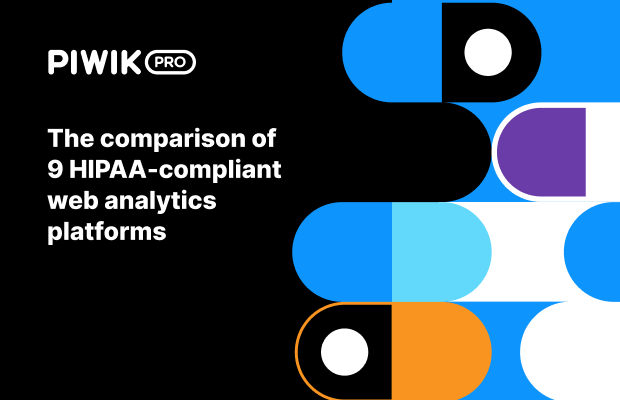Client-side tagging refers to the process of collecting and sending data from a user’s browser (the client) to marketing and advertising tools using small pieces of JavaScript code called tags. These tags are typically deployed on a website through a tag management system (TMS).
The main characteristics of client-side tagging include:
- Data collection directly from the browser: Tags are executed in the user’s browser, collecting information such as page views, clicks, and other interactions.
- Immediate data transfer: The collected data is sent directly from the browser to the analytics or marketing platform’s servers.
- Visibility to ad blockers and privacy tools: Because these tags operate within the user’s browser, they are susceptible to being blocked by ad blockers and restricted by browser privacy settings.
- Ease of implementation: Client-side tagging is generally straightforward to set up, making it accessible for many businesses without requiring extensive technical resources.
- Privacy and compliance considerations: As data gathered through client-side tagging often comprises personal data, its collection must comply with privacy regulations such as GDPR, including obtaining user consent.
The main drawbacks of client-side tagging include:
- Data fragmentation: Browser privacy features and ad blockers can fragment data, leading to less accurate and reliable insights.
- Performance impact: Loading multiple tags can slow down website performance, affecting the user experience.
- Security risks: Client-side tags can expose websites to security vulnerabilities if they’re not managed properly.
If you’d like to learn about the alternatives to client-side tagging, including server-side tagging, read this article: Server-side tracking and server-side tagging: The complete guide.









